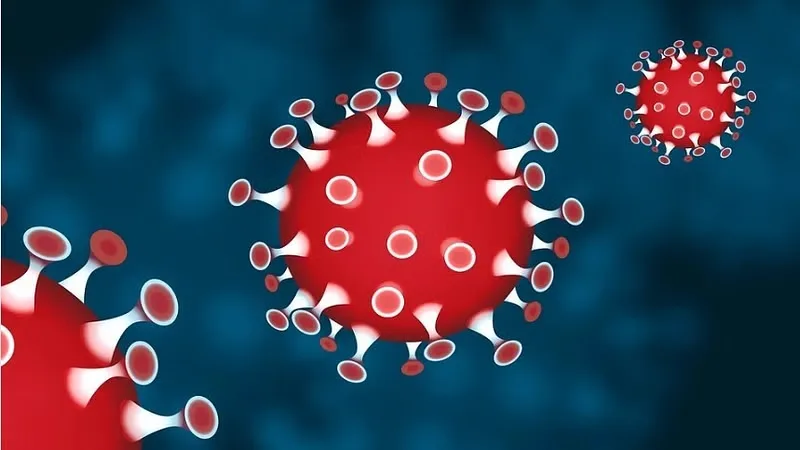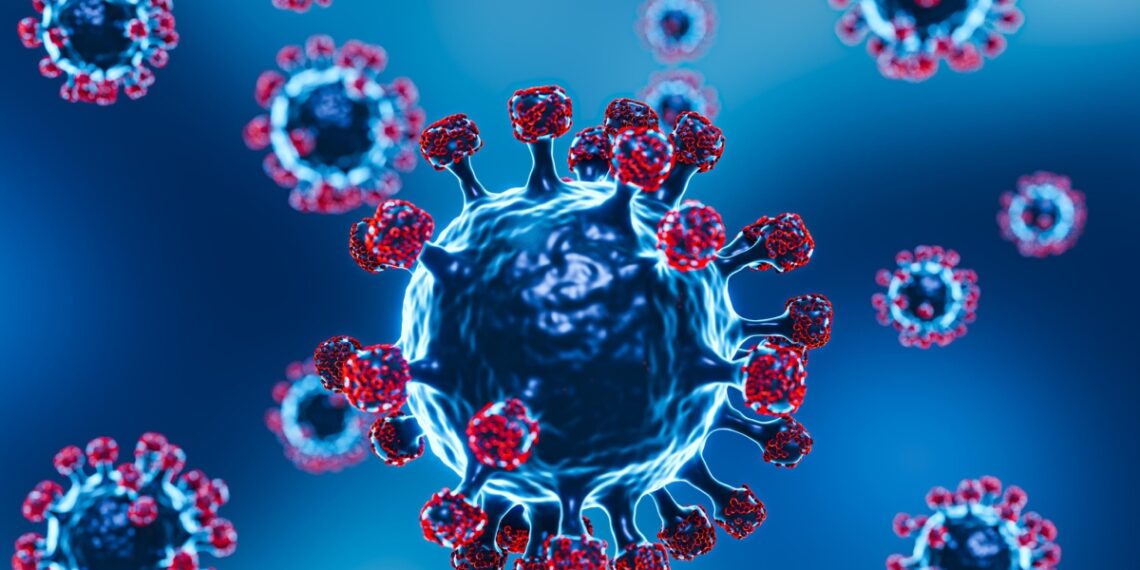As the world continues to adapt to the evolving landscape of the COVID-19 pandemic, the emergence of new variants remains a significant concern for health authorities and the general public alike. The latest to capture attention is the COVID-19 JN.1 variant, a sub-lineage of the Omicron family, which has begun to make its presence felt across several Asian countries. With each new variant, questions arise about its symptoms, how it spreads, and the level of danger it poses, especially in densely populated regions.
The JN.1 variant’s arrival has reignited discussions about the importance of vigilance, vaccination, and public health measures. In this comprehensive guide, we will explore what makes the JN.1 variant unique, the symptoms to watch for, its causes, and the potential risks it brings to Asia. Whether you are a concerned parent, a healthcare worker, or simply someone seeking clarity, understanding the JN.1 variant is crucial for making informed decisions and protecting your community.

The JN.1 variant is part of the ever-evolving Omicron lineage, which has been responsible for several waves of COVID-19 infections since late 2021. Like other Omicron subvariants, JN.1 carries a series of mutations in the spike protein, the part of the virus that allows it to enter human cells. These mutations can affect how easily the virus spreads, how well it evades immunity, and the severity of illness it causes. Scientists first detected JN.1 through genomic surveillance, a process that tracks changes in the virus’s genetic code as it circulates in different populations. The emergence of JN.1 is a reminder of the virus’s adaptability and the ongoing need for robust monitoring and rapid response.
Table of Contents
COVID-19 Symptoms and Causes: What Sets JN.1 Apart?
The symptoms associated with the JN.1 variant are largely similar to those seen with other Omicron subvariants, but there are subtle differences that health experts are monitoring closely. Most individuals infected with JN.1 experience mild to moderate symptoms, including fever, cough, sore throat, fatigue, headache, muscle aches, and nasal congestion. Some people may also report gastrointestinal symptoms such as nausea or diarrhea. Interestingly, the loss of taste and smell, which was a hallmark of earlier COVID-19 waves, appears to be less common with JN.1, though it can still occur in some cases.
The causes behind the spread of the JN.1 variant are multifaceted. The variant’s increased transmissibility is likely due to mutations that help the virus bind more effectively to human cells and evade some immune responses. This means that even people who have been vaccinated or previously infected may be susceptible to reinfection, although vaccines continue to provide strong protection against severe illness and hospitalization. Social factors, such as crowded living conditions, frequent travel, and inconsistent mask usage, also play a significant role in how quickly the variant spreads within communities. In Asia, where urban density and mobility are high, these factors can accelerate the spread of new variants like JN.1.

Key Facts About the COVID-19 JN.1 Variant
| Aspect | Details |
|---|---|
| Variant Name | JN.1 (Omicron sub-lineage) |
| First Detected | Late 2023, through genomic surveillance |
| Main Symptoms | Fever, cough, sore throat, fatigue, headache, muscle aches, congestion |
| Severity | Mostly mild to moderate; severe cases possible in high-risk groups |
| Transmission | Highly transmissible, especially in crowded settings |
| Vaccine Efficacy | Vaccines remain effective at preventing severe disease |
| Regions Affected | Detected in multiple Asian countries, with ongoing monitoring |
How Dangerous Is the JN.1 Variant in Asia?
While the JN.1 variant has shown an ability to spread rapidly, current evidence suggests that it does not cause more severe illness than previous Omicron subvariants for most people. The majority of cases are mild, particularly among those who are fully vaccinated or have some level of immunity from prior infection. However, as with all forms of COVID-19, certain groups remain at higher risk for complications, including older adults, individuals with underlying health conditions, and those with weakened immune systems.
The real danger of the JN.1 variant lies in its potential to drive new waves of infection, which can strain healthcare systems and disrupt daily life. High transmission rates can lead to a surge in hospitalizations, even if the proportion of severe cases remains low. This is especially concerning in regions where vaccination rates are uneven or where public health infrastructure is already under pressure. Health authorities in Asia are closely monitoring the situation, urging continued vigilance, booster vaccinations, and adherence to preventive measures such as mask-wearing and hand hygiene.
Asia’s COVID-19 Resurgence: What’s Driving the New Wave Across Hong Kong, Singapore & India?
FAQs
Q: Are current COVID-19 vaccines effective against the JN.1 variant?
A: Yes, existing vaccines continue to offer strong protection against severe illness, hospitalization, and death caused by the JN.1 variant. Booster doses are recommended to maintain high levels of immunity, especially for vulnerable populations.
Q: What should I do if I experience symptoms of the JN.1 variant?
A: If you develop symptoms such as fever, cough, or sore throat, it is important to get tested for COVID-19, isolate yourself to prevent spreading the virus, and follow local health guidelines. Seek medical attention if you experience difficulty breathing or other severe symptoms.








